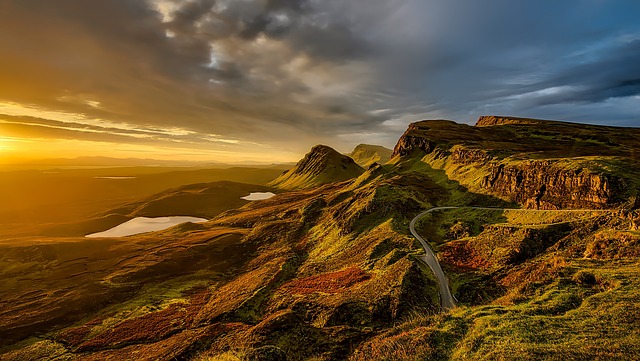
The great outdoors is a source of exercise, enjoyment, and sightseeing. Simply adding greenery into a neighborhood has been shown to reduce feelings of depression by 41%, not to mention a 13% reduction in crimes. Getting outdoors is one of the best things you can do for both your physical and mental health, but it’s not without its dangers.
Whether you’re going on a hike or even a simple walk around the neighborhood, it’s always a smart idea to have an outdoor safety checklist for you and your family members.
-
Always carry plenty of water with you
One of the most neglected aspects of health, regardless of whether a person is outdoors or not, is drinking water on a daily basis. The majority of your body is made up of water and it’s required to keep you functioning at your peak level. When going outdoors, especially to exercise, always bring a water bottle with you. It’s recommended that men drink about 15.5 cups of water a day and women drink about 11.5 cups, including water gained from other drinks or food.
-
Keep some type of multi-tool item on hand
Whether it’s a pocketknife or a multi-tool utility item, having some type of tool on hand can be helpful. As an example, if you’re on a hike and get stranded somewhere, you could use a tool to carve a message so that others who come across it may be able to find you.
-
Dress appropriately for your adventure
If you know you’re going somewhere colder, always dress warmer. Likewise, if you’re going on a hike and its warmer outside, don’t bundle up. Additionally, think about what the location you’re going to has around it. Wearing pants when there is long grass present is always a smart choice to avoid bugs such as ticks.
-
Don’t explore where you aren’t allowed
Even if you’re just walking around the neighborhood, it’s best not to go where you shouldn’t be. As an example, a number of different types of septic holding tanks suitable for rural and urban areas often have eye-catching green surface access points. If you accidentally mess around and damage someone’s tank access point, they may be unable to conduct maintenance in the future which can be expensive.
-
Keep a first aid kit in your vehicle at all times
Keeping a first aid kit stocked with hand sanitizer, band aids, gauze, emergency water, aspirin, and other items is always recommended, even if you are staying indoors. Predicting an accident is never possible and it’s always better to be prepared.
-
Bring navigation tools if you are hiking or camping
Even if you are a seasoned veteran hiker or camper, you’re never too experienced to use a navigational tool. A simple compass can be the deciding factor of whether or not you get lost on your next hike. If you are exploring somewhere new, take the time to purchase a map so you can study the terrain.
-
Never forget your sun protection
Sunburn can have extremely long-lasting effects if it is severe. Whenever you choose to go outdoors, always bring sunglasses, a hat, and sunscreen to protect your skin. Even if you don’t burn easily, you should always prioritize sun protection as your skin can still be damaged.
-
Bring a small backpack
Carrying a large number of items in your arm while trying to walk or hike around is a recipe for disaster. Bring a small backpack that can store all of your items and more so that you can have your hands free and ready for whatever may come.
-
Keep some type of shelter-item in your vehicle
Food, water, and shelter are the three priorities everybody should remember when going on an outdoor adventure. If you are camping or hiking, having a shelter back-up item in your car, such as a sleeping bag or tent, can keep you better protected from the elements.
-
Don’t forget your snacks
As mentioned above, food is the third and final major priority to consider when going outdoors. Even if you’re only going to be out for a couple hours, take the time to prepare a light snack or simple grab a protein bar to keep your fuel up while you’re out and about.
Stay safe in the wilderness today
The next time you open your front door to step out into the wild, be sure that each of the above checklist items is completed if its applicable to your adventure. After all, the benefits the outdoors brings to mental and physical health means nothing if you’re inured on your journey. Take steps to protect yourself and loved ones before getting outside.
